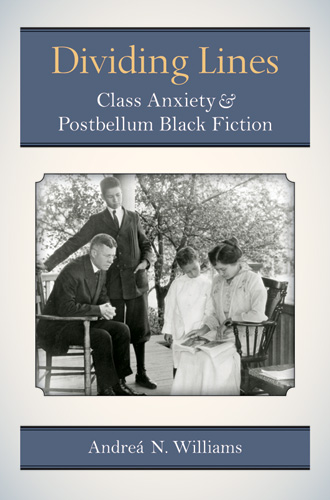Jean Toomer and the History of Passing
Reviews in American History
Volume 41, Number 1, March 2013
pages 113-121
DOI: 10.1353/rah.2013.0016
Matthew Pratt Guterl, Professor of Africana Studies and American Studies
Brown University
Jean Toomer. Cane. With a new afterword by Rudolph B. Byrd, and Henry Louis Gates, Jr. New York: W. W. Norton, 2011. 472 pp.(paper).
In 2011, Rudolph Byrd and Henry Louis Gates, Jr., issued a new Norton Critical edition of Jean Toomer’s 1923 novel, Cane, a work widely seen as one of the finest expressions of black culture in the twentieth century. Both men have written on Toomer, on race, and on literature. Byrd, recently deceased, was the author of the finely wrought Jean Toomer’s Years With Gurdjieff (1990). Gates is a famous scholar of African American studies. In op-eds for the Chronicle of Higher Education, in the pages of the New York Times, and on the radio stream of NPR, the editors, drumming up attention, accused Toomer of “passing” for white, a provocation rooted, they felt, in the evidence, but also sure to guarantee book sales and critical attention. “He was running away from a cultural identity that he had inherited,” Gates said to Felicia Lee in one of these paratextual interviews; “He never, ever wrote anything remotely approaching the originality and genius of Cane. I believe it’s because he spent so much time running away from his identity.” Gates then added, “I feel sorry for him.”
This damning conclusion that Toomer engaged in racial subterfuge is somewhat off-putting because it runs counter to just about everything written about Toomer since the 1980s. It also pushes back against the foundational assumptions of the “bi-racial” and “mixed-race” movements—both of which prioritize self-identification and self-fashioning outside of official categories—and challenges recent histories of race and passing. Still, because of the unique editorial authority of this pair, the new edition of Cane will surely become a consumer triumph.
“Jean Toomer may have been a bit of a cad and a man who had a fondness for the company of white women,” wrote Sharon Toomer, the author’s great granddaughter, in response to an interview with Gates in the New York Times, “but to say . . . that he decidedly passed for white is an explosive accusation that demands nothing short of evidence—not interpretation.” She continued: “In countless documents, Toomer said he wanted to be identified as an American. That is different from deciding to pass for white.” But how is it different? And what is that evidence? And what, finally, is that interpretation? Answering these questions brings us to the far edge of African American studies, African American history, and African American literature; indeed, it carries us across a threshold where, as Kenneth Warren recently suggested, the future of these robust and important fields is decidedly uncertain. Answering them also clarifies the purpose of this new edition of Cane, which appears designed to rewrite the past and redirect the future.
Every American historian should be familiar with Cane because the work captures so many themes and plot points of the post-WWI era. Uniquely structured even in an era of formal experimentation, Cane was a revolutionary text when first published, and it remains an object of extraordinary debate today. The loosely organized, scattershot novella gathers up familiar plot points of post-emancipation African American history and rearranges them into discrete vignettes, capturing a race increasingly adrift in an age of traumatic transformations: from rural to urban, from the violent medieval to the depersonalized modern, from locally grounded to wandering and migratory. Each little piece was saturated with symbolic or metaphorical detail. And the book, slender and enigmatically titled, looked different, too, with cryptic arcs and half-circles appearing in no discernable sequence, marking major thematic breaks. Readers of Cane knew they held in their hands something special and exciting, even if they weren’t entirely certain what to make of it.
Toomer believed firmly and consistently that he was neither white nor black, but both and much more. The tall, lanky descendent of P. B. S. Pinchback—the Reconstruction-era governor of Louisiana (a whimsical man who occasionally enjoyed playing at white)—Jean Toomer was, in the years prior to the publication of Cane, a questing soul in search of a racial identity outside of contemporary realities, hoping…




